Everything you need to know about specifications and performance - Seat Arosa 2000 - 1.4 MPi (60 Hp)
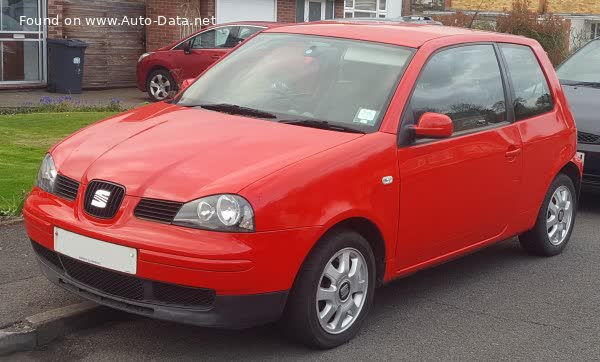
Overview:
What is the engine capacity of a Seat Arosa 2000?
The engine capacity of the Seat Arosa 2000 is 1390.
Seat Arosa 2000 How many horsepower?
The engine power of the Seat Arosa 2000 is 60 Hp @ 4700 rpm..
What is the Seat Arosa 2000 engine?
Seat Arosa 2000 engine is AKK, ANW, AUD. (Click to see other cars using the same engine)
How much gasoline does a Seat Arosa 2000 consume?
The Seat Arosa 2000 consumes 6.1 liters of gasoline per 100 km
General:
Engine:
Performance:
Space:
dimensions:
Powertrain, Suspension and Brakes:
See also
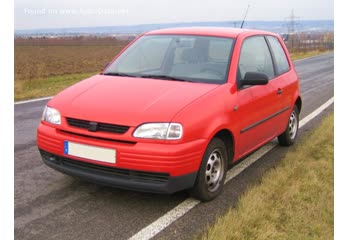
Other generation.
Its production began in 1997 until 2000
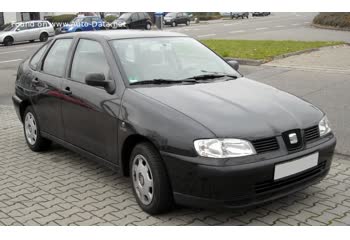
Same engine. (AKK, ANW, AUD).
Its production began in 1999 until 2002

Same engine. (AKK, ANW, AUD).
Its production began in 1999 until 2002
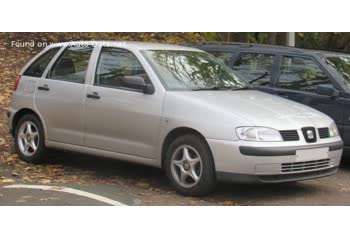
Same engine. (AKK, ANW, AUD).
Its production began in 1999 until 2002
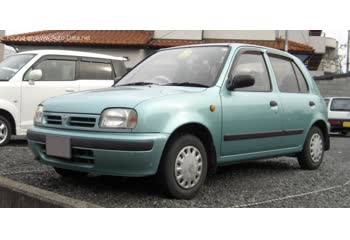
Same production year and almost the same engine capacity.
Its production began in 2000 until 2002
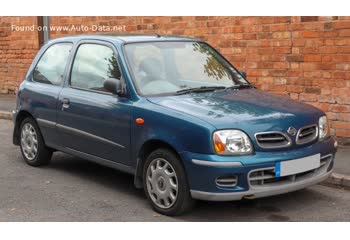
Same production year and almost the same engine capacity.
Its production began in 2000 until 2002
Write a comment